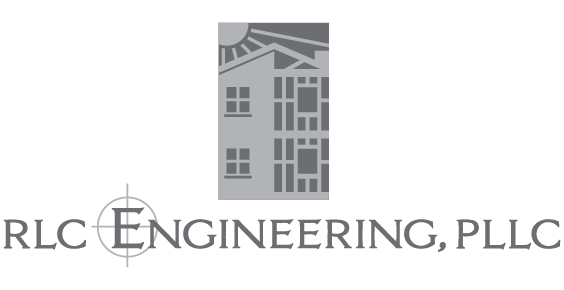INTRODUCTION TO STANDARDS
STRUCTURAL, MECHANICAL-PLUMBING, AND ELECTRICAL STANDARDS
Building codes change from time to time. Applicable codes shall be the current codes at the time of construction or, in the case of locally adopted codes, the adopted codes at the time of construction.
I. The structural, mechanical-plumbing, and electrical standards shall be those contained in the Building Code, Mechanical-Plumbing Code and Electrical Code regulating that respective construction in the area. Inspection by qualified inspectors of the governmental jurisdiction will provide evidence of compliance.
II. In the case where no Codes exist the following will apply:
(A) A combination of the following Model Codes to cover building, mechanical, plumbing, and electrical.
BUILDING CODES
- CABO One and Two Family Dwellings Code
- Southern Standard Building Code
MECHANICAL CODES
- The Standard Mechanical Code and the Standard Gas Code of the Southern Building Code Congress International
ELECTRICAL CODES
- The National Electrical Code
(Other appropriate Southern, National, State or Federal Standard Codes, where applicable.)
CONSTRUCTION STANDARDS
The Construction Standards are intended to specify the minimum performance standards for construction of homes and to set forth the basis for determining the validity of all home buyer complaints related to defective materials and workmanship during the initial one-year warranty period.
Only the most frequent defects of concern to the industry have been addressed in the Construction Standards set forth in the following pages. It is not possible to discuss every conceivable situation that can occur in building. Because of the limitless combinations that can be incorporated into a home, infinite conditions can occur. This manual describes the most common and repetitive situations. Likewise, the validity of any homeowner’s complaint for defects for which a standard has not yet been addressed herein shall be determined on the basis of good industry practice, which assures quality of materials and workmanship, and any conciliation or arbitration of such complaints shall be conducted accordingly.
The following Construction Standards are expressed in terms of performance standards. Noncompliance with the performance standard calls for corrective action by the Builder. The format is designed for easy comprehension by both layman and builder as follows:
- Common Defect or Problem – a brief statement in simple terms of the problems to be considered.
- Performance Standard – Performance Standards relating to a specific deficiency.
- Builder Repair Responsibility – statement of the corrective action required of the builder to repair the deficiency or any other damage resulting from making the required repair. The method of correction to meet the industry standard is at the builder’s discretion. Alternatives for making acceptable repairs exist in most cases.
There are many items that are homeowner maintenance responsibilities. To assure themselves of long, comfortable use of their home and protection of their investment, homeowners should learn about and act on those maintenance responsibilities.



